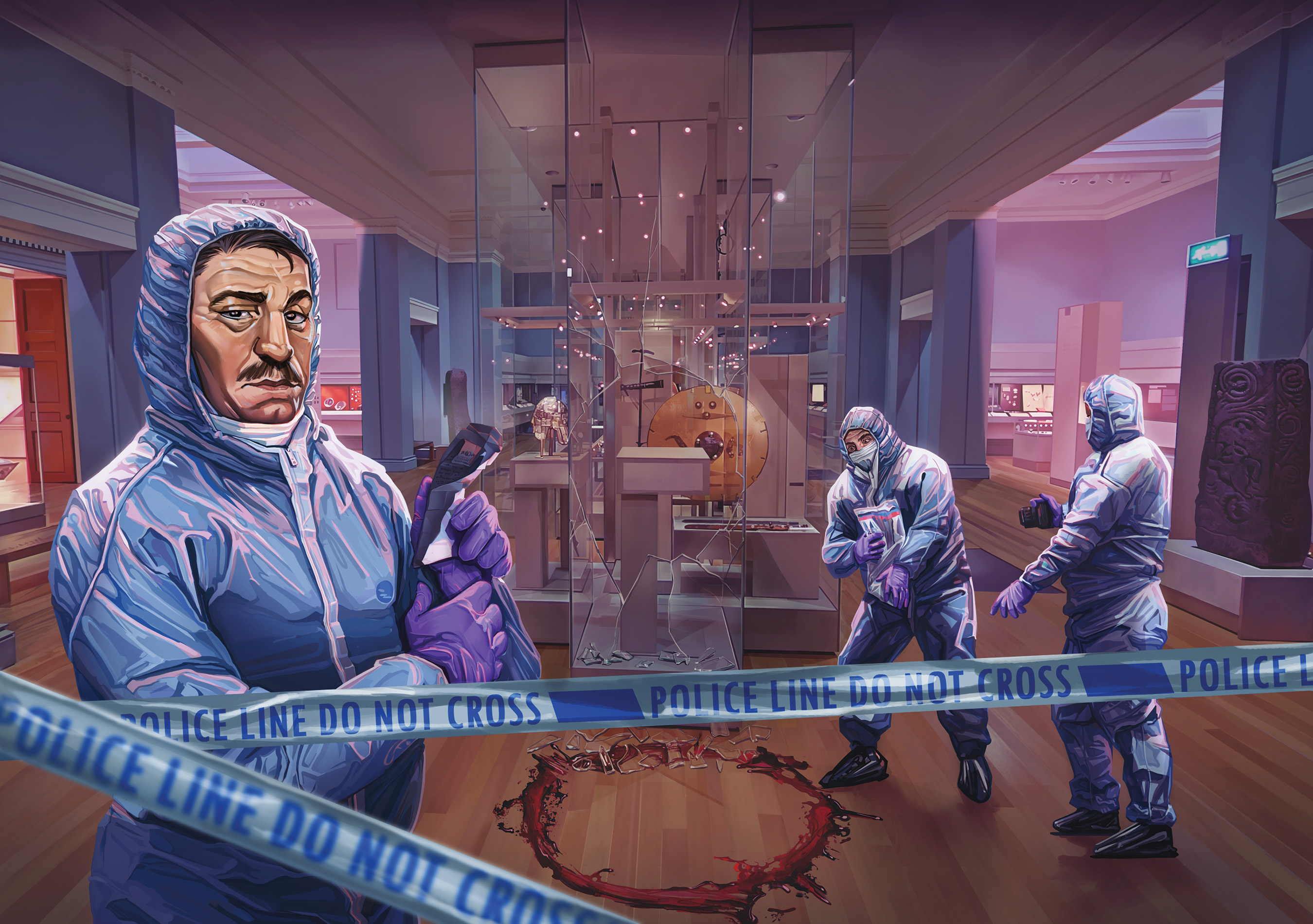
|
Testing the Waters - Rivers of London By Lynne Hardy The River Thames has existed, in one form or another, for a very long time—something in the region of 58 million years! Its present course is much younger—only around 450,000 years or so. It rises in the Cotswolds, scene of many a cosy murder mystery series, then meanders its way east through Oxford, Henley, and Windsor, before flowing through London and on to the North Sea via the Thames Estuary. Over 200 miles in length—just how long depends on where you measure from and to—it is the longest river running entirely in England. The Thames is tidal below Teddington Lock, which forms an important boundary in Ben Aaronovitch’s urban fantasy novel, Rivers of London (formerly Midnight Riot in the US). The river’s name is also ancient, although scholars argue as to its exact origins. In Brittonic, Tamesas, Latinised to Tamesis, which twisted and morphed its way down through the centuries to the name it carries today. The name’s meaning is equally obscure: some claim that it means “dark,” others, “wide water.” And in Oxford, just to confuse matters, it’s known as the River Isis instead. As you might expect for such an ancient waterway, there has been human activity along its banks for a very long time, at least as far back as the Neolithic period. Humans shaped the river to suit their needs, transforming what was once a stream-fed marsh in the area of Central London into the river that flows there today. The Romans, the Vikings, the Normans, and the Victorians all left their imprint on the river and the settlements along its banks. Over time, the Thames became a major maritime route, linking the city to the wider world and enriching its coffers.
Water is more than just a physical object, though. In folklore, it is home to a wide array of spirits and sprites, gods and goddesses, which humans have worshipped and placated for millennia. Londoners were—are—no different. At Seven Springs, where one of the Thames’ sources rises, there is a Roman inscription that mentions Father Thames by name, although no one knows how old his worship is. He was often depicted in cartoon form in the Victoria era in association with the Great Stink of the 1850s, caused by the dumping of ever-increasing amounts of raw sewage straight into his waters. According to Rivers of London, this pungent environmental disaster is what drove Father Thames out of Central London and into the river’s non-tidal section above Teddington Lock. In Ben’s novels, the Old Man of the River isn’t exactly a god—he’s a genius loci: a spirit of place, whose job—according to the Roman tradition—is to protect a particular location. In the mid-1960s, having found the situation vacant, a Nigerian woman accepted the role of genius loci for the river’s tidal stretches and became Mama Thames. Not that Father Thames and his sons were overly happy with the arrangement!
And this is where the hero of the Rivers of London stories comes in. In the first novel, Peter Grant is a newly-qualified Police Constable with the Metropolitan Police Service. Thanks to a bizarre murder, he is introduced to the hidden world of London’s demi-monde (those who have been touched or changed by magic, including the genii locorum) and recruited into the Met’s most secret branch, the Special Assessment Unit—better known as the Folly. There, he is taken on as an apprentice to the sole remaining master practitioner of Newtonian magic, DCI Thomas Nightingale. Building on the grand tradition of British murder mysteries, police procedural dramas, and London’s folklore, each novel deals with a crime, or series of them, all of which are touched by the demi-monde in some way. Peter needs to use his training as a police officer and his developing talents as a Newtonian practitioner to identify the culprits and uphold the Queen’s Peace, all while learning more about the magical world hiding just below the surface of everyday London life.
I’ve often been asked what dream licence I would love to work on. Of course, it was Rivers of London. You can see why I thought it would make a good roleplaying game. A rich, detailed world: check! Mysteries for player characters to investigate: check! A system of magic that any human can learn: check! Plenty of scope for GMs and players to explore and expand the world in their own games: check! Ben’s love and knowledge of games and gaming was clear from the novels, but you never like to get your hopes up. Thankfully, following on from a fortuitous chat at a book signing in Newcastle, it was officially announced at Dragonmeet 2019 that I would helm my dream project: Rivers of London: the Roleplaying Game.
Things have come a long way since then. I’d always envisaged the game as something to introduce fans of the novels to roleplaying games, so I wanted it to be accessible and straightforward to play. It also had to reflect the tone of the books, concentrating more on the mystery and magic than fighting—although there is that, too. And it needed its own bespoke Newtonian magic system. On top of that, I also wanted the game to appeal to Chaosium’s core fans, even if they didn’t know the novels, meaning it needed to use at least some elements of the Basic RolePlaying (BRP) system as its core. It was a tricky challenge, which is why I brought Paul Fricker, award-winning cowriter of Call of Cthulhu 7th Edition, on board as lead designer. Through several rounds of playtesting, the game steadily took shape, helped by a wonderful team of writers, artists, graphic designers, cartographers, copy editors, and proofreaders—all of whom have my deepest thanks for their contributions to the project. And Ben, of course, who worked closely with us to make sure we got the details right. •••
|










